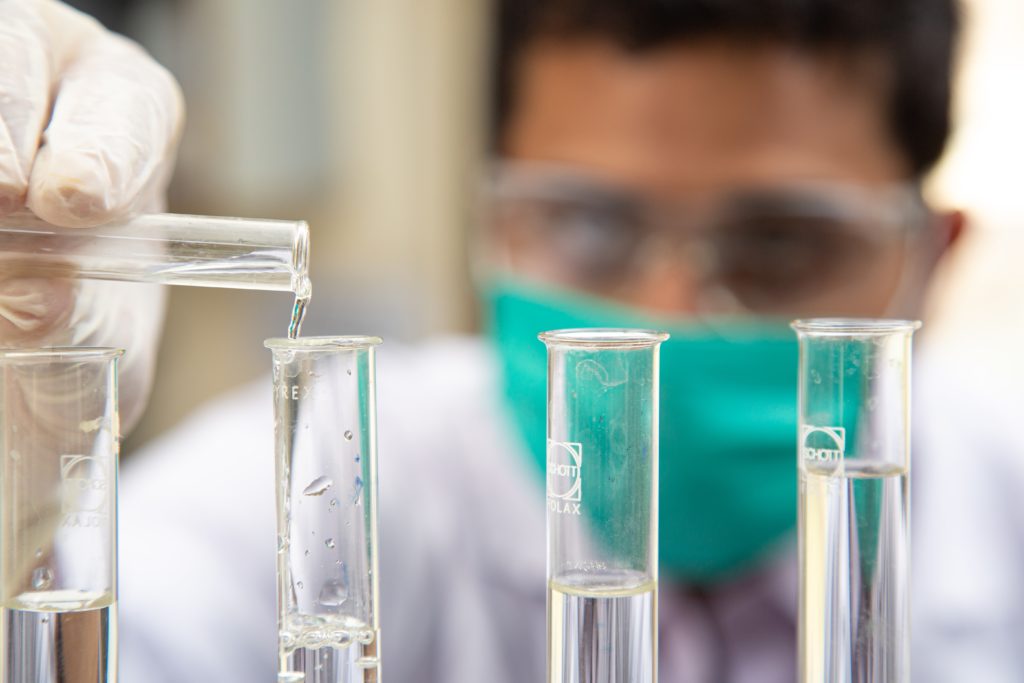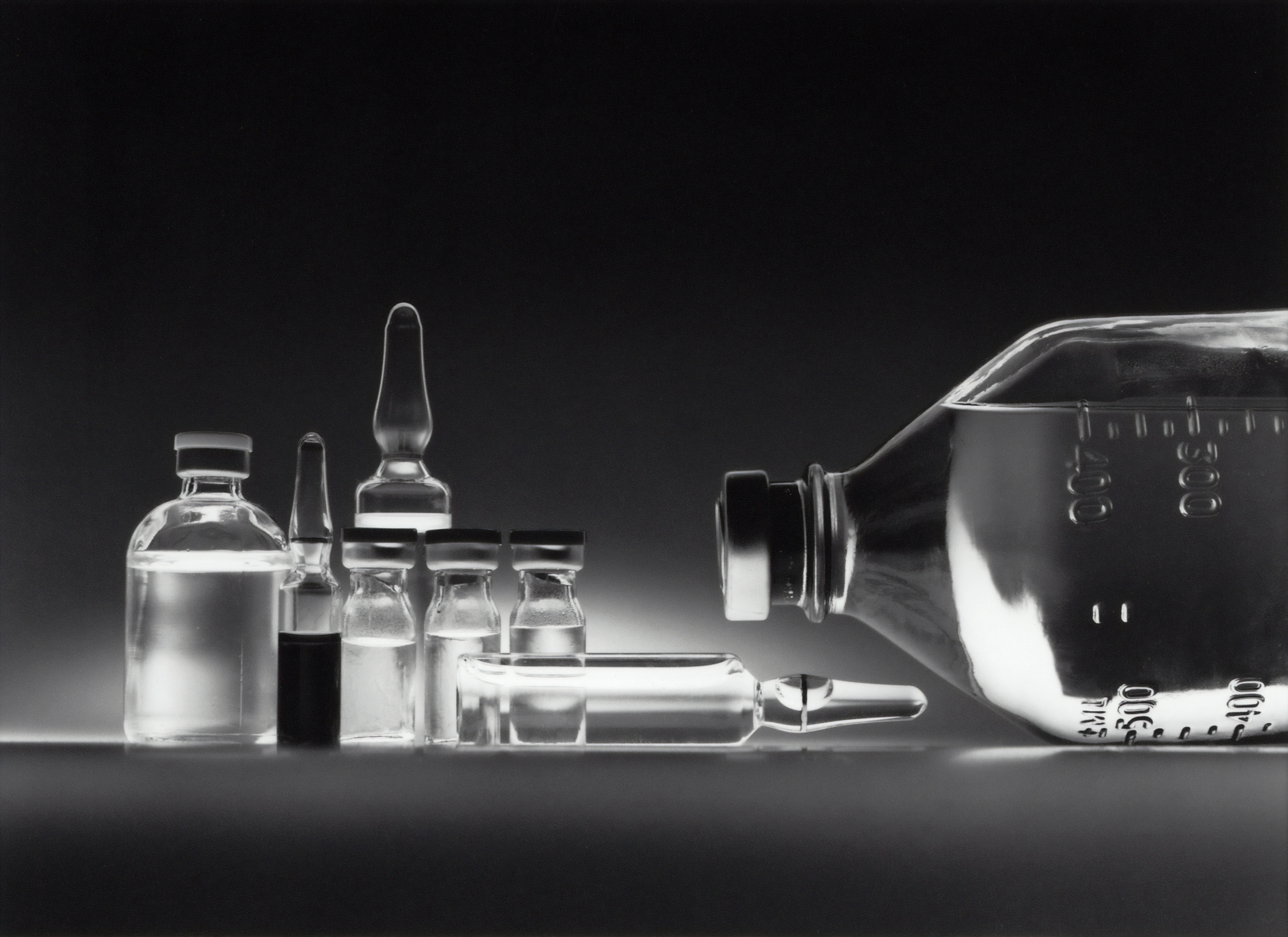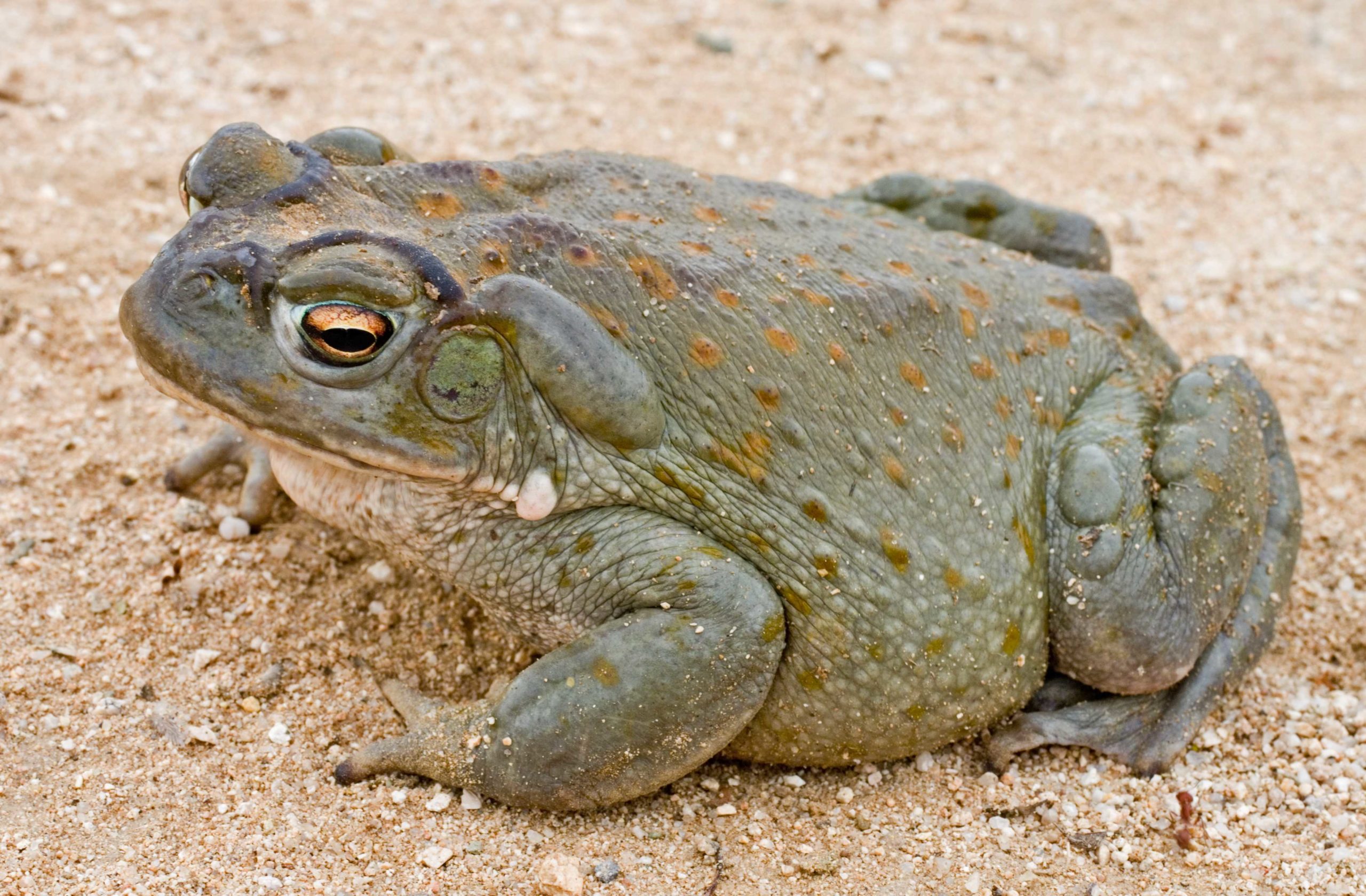4 Mins Read
Chicago’s Back of the Yard Algae Sciences (BYAS) has revealed it is on the brink of an ecologically significant breakthrough. The company, which uses cellular agriculture to create zero-waste food additives, claims to have reproduced toad parotoid glands and 5-MeO-DMT. The latter is a naturally psychedelic venom produced by toads that has become a popular recreational substance also referred to as ‘Bufo’.
Venom has been used at wellness retreats and in indigenous tribes for years. It is thought to offer enlightenment and healing properties. Though synthetic alternatives are commonly used, purists claim that only authentic toad secretions offer the full enlightenment experience. Coupled with newfound recreational popularity, this has a devastating impact on toad populations and their habitats, with animals being abused and mutilated for the sought-after substance. BYAS’s cell-based development represents a cruelty-free and sustainable alternative.

Using the pandemic for progress
BYAS was founded in 2018 to develop natural food colourings. This quickly evolved into algae and fungi extracts for food technology. One of its key lines is an algae heme that can be added to plant-based meats to give them a juicier and iron-rich taste comparable to conventional meat. When the Covid-19 pandemic hit, regular production was paused, allowing time for other developments. This is when cell-based psychedelics became a bigger interest point for BYAS.
“The pandemic forced us to slow down our production,” Leonard Lerer, founder of BYAS told Lucid News. “But it has been a huge driver of innovative ideas and some incredible internal initiatives. We had time to grow our R&D program on cellular agriculture of psychoactive tryptamine derivatives for conditions such as PTSD, depression, OCD and addiction.”
A DEA license to produce tryptamines led to working with toad paratoid glands, which produce high yields of 5-MeO-DMT. The psychedelic was successfully developed using gland cells extracted from a Sonoran Desert toad that remained unharmed. Lerer likened the procedure to a topical biopsy on a human. Mimicking techniques used in the cultivated meat sector, cells were used to create ‘immortalised cell lines’.
BYAS’s newly developed 5-MeO-DMT will soon be distributed, free, to researchers. The open science approach is designed to expedite findings and encourage wider experimentation in the field. The only requirement will be that researchers make their results publicly available. Clinical testing work and drug development will be carried out by BYAS’s partner, Parow Entheobiosciences.

Disproving the purists?
Many people choose synthetic 5-MeO-DMT for personal administration. However, there is a contingent that remains steadfast in their belief that only real glad excretions are guaranteed to offer the best results. This comes at a high price for toads.
Pino is an advocate for synthetic 5-MeO-DMT use and claims purists are being anecdotal and falling prey to a placebo effect. This is something that Lerer intends to investigate in conjunction with Israel’s Hadassah BrainLabs. Results treating conditions including depression, PTSD and OCD will compare synthetic psychedelics and natural entheogens such as psilocybin.
“Incilius alvarius are captured when most active from late May to September when they come out of hibernation,” Candida Pino, a psychedelic ceremonies leader told href=”https://www.lucid.news/scientists-create-cell-based-psychedelic-toad-venom-a-potential-5-meo-dmt-bio-factory/” target=”_blank” rel=”noreferrer noopener”>Lucid News. “Held firmly in hand, toads are forced to expel self-protective toxins by squeezing the parotoid glands located behind their eyes. Collecting them to forcefully eject these toxins adds to the list of already significant environmental stressors they endure, including climate change, introduction of fungal pathogens, and habitat loss.”
Results will be published in peer-reviewed journals and are anticipated later this year.“In three to four months we’ll have the psilocybin comparison data,” Lerer said. “This platform will then be used for toad secretion to answer the similar question: is natural really better than synthetic or is this anecdotal? Our aim is to make our cell-based Incilius alvarius extract available to other researchers and focus on identifying novel molecules with therapeutic applications.”
Open science for progress
BYAS taking an open science approach to its research sees it in good company. In December last year, Robert Downey Jr. and David Lang co-authored an essay in Fast Company. In it, they highlighted the shortcomings of standard research funding models and gave support to open-source fundraising and knowledge sharing. The two authors lend weight to their argument with their personal endeavours. Downey Jr. through his Footprint Coalition, which invests in future-friendly developments, and Lang via the Experiment platform. The latter secures investment for scientists.
Lead image courtesy of Amphibian Fact.





